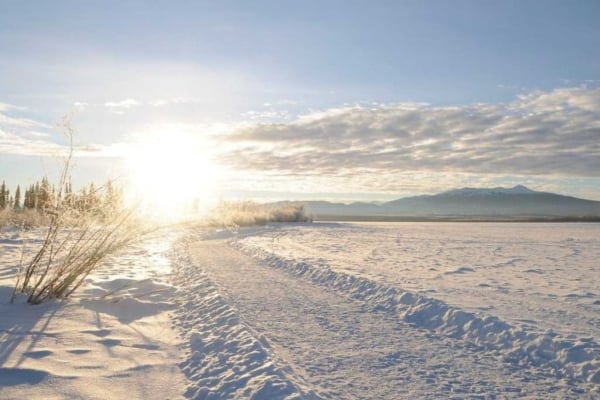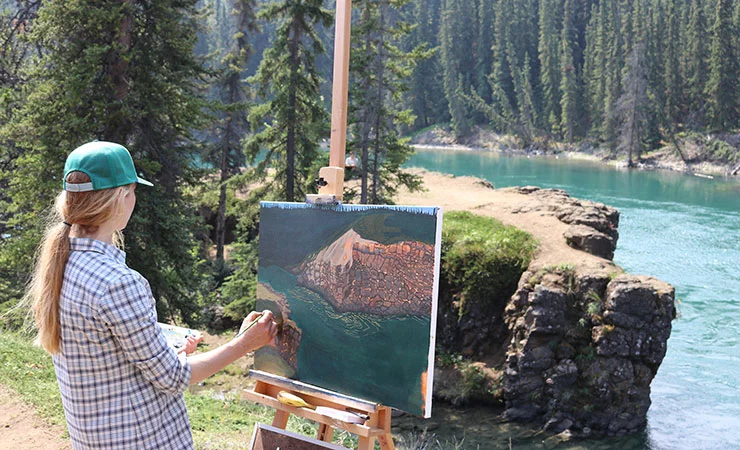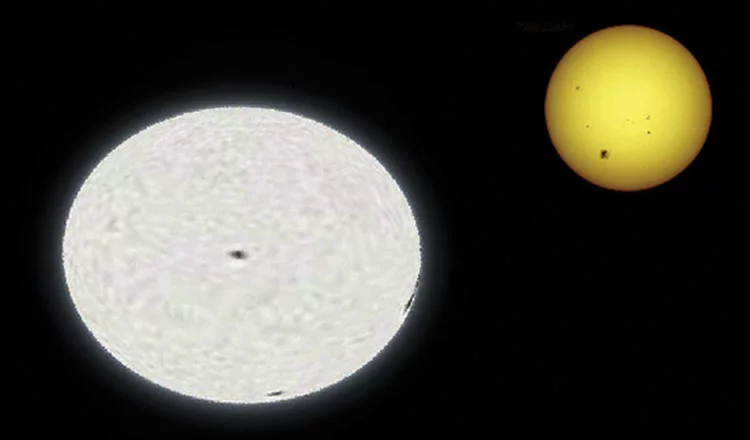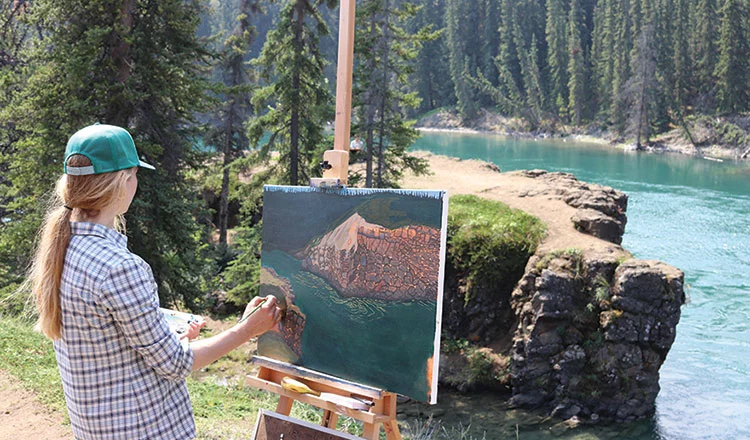Our Yukon night skies are hosting some special cosmic interlopers for the next couple of months, including Comet Garradd.
This little fuzz ball of a comet can be found to the left of the keystone shape of the constellation Hercules. It is easily seen in November and December in the evening sky, and in January in the early morning sky.
The prime times for viewing Comet Garradd are the last two weeks of November, as the moon is out of our night sky and the comet is still reasonably high off the horizon.
Then, on February 3 this little frozen snowball of cosmic dust, rock and ice will cruise within half a degree of the Globular Cluster M92, located in the upper region of the Hercules constellation.
This is a huge opportunity to get an amazing picture. Imagine that – a comet and a Globular Cluster only half a degree apart – awesome indeed! Whether you are taking photographs or enjoying the view through your telescope, this is definitely a day to mark on your calendar.
Comet Garradd is closest to the sun on December 23, at which time it will be 223 million kilometres from the sun and 298 million kilometres from Earth.
Speaking of comets did anyone get a chance to see Comet Elenin in the last month or so? Comet Elenin was discovered by Russian amateur astronomer Leonid Elenin on December 10, 2010. After returning from holidays a few months ago, my good friend Victor showed me this elusive little comet from the Miles Canyon Lookout Point.
As comets go, this was not a great comet, with a short tail and dim overall brightness. In a six inch telescope the view was more akin to a fuzzy cotton swab with a beautiful blue-green colouring. In 20×80 binoculars the comet was a small speck moving slowly against the background stars.
The comet has now disintegrated into practically nothing. If you saw the comet, I hope you enjoyed the view as it was a once in a lifetime experience.
Our next comet is Comet Levy. This comet has a special meaning for me as my wife and I ate dinner with David Levy, one of the most prolific Canadian comet hunters. Levy is also a columnist for my favourite Canadian astronomy magazine, Sky News. He is a fascinating man with incredible stories and a true passion for all things astronomy.
The comet is yet to be sighted, but it should be in our night sky by now.
Where can I find Comet Levy and what is the best telescope or pair of binoculars to use?
From late November to early December the comet will move from the constellation of Lacerta to Pegasus. This is an excellent position in the night sky for viewing. Nice and high off the horizon, it will be easily located in the southwestern sky.
The comet will require at least a small to medium sized telescope, but by the beginning of December you will be able to see it easily in a pair of 20×80 binoculars, or a small spotting scope. By the end of December it should be visible in 10×50 binoculars.
The best times for viewing Comet Levy are mid to late December because the moon will be absent from our night skies. With astronomy the rule is simple: the darker the skies, the more detail and contrast that can be coaxed out of an image, regardless of it being a planet or a comet.
It is best to start observing comets as soon as they are visible in the night sky, no matter how faint they are. Sometimes comets suddenly flair up in brightness, other times huge chunks fall off. These are not opportunities you want to miss!
Comet Levy will be closest to the sun on January 11 and closest to Earth on January 21, at a distance of 28 million kilometres.
Comets have an unpredictable nature. Sometimes they are predicted to be bright and yet they are quite dim, and vice versa. Sometimes they do not return at all. They are a fascinating addition to any observing session and always worth keeping an eye out for.
Take some time this winter and head out and see for yourself. All you need are star charts – you can print them off the internet for free – binoculars, a spotting scope or telescope, some warm cloths and a chair.
Better yet, head up to the Grey Mountain Lookout Point on a clear Saturday night and take a look through a telescope. You will not forget the view!
Clear Skies!
James “Deep Sky” Cackette can be reached at [email protected]. See his photo adventures on Facebook at Yukon Night Skies.




